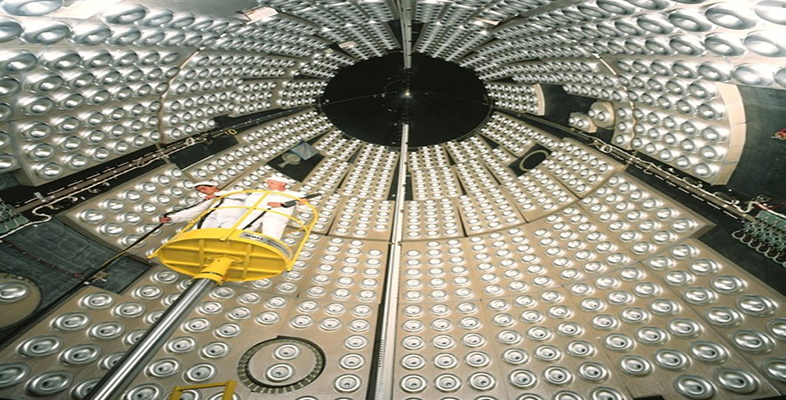6.1 Early development
If you think back to the discussion of the first-generation innovation process that was a feature of the immediate post Second World War period, it should be fairly obvious that innovation management (IM) was at that time largely seen as involving a relatively limited range of people with what we can broadly define as creative and/or technical skills relating to R&D (e.g. scientists of various types, draughtsmen and engineers), product development, manufacturing and sales and marketing. By the ‘second-generation’ – from the mid 1960s – this pool of people and expertise continued to evolve, encompassing as it now did the requirement to identify markets (consumer demand or need) and use more dynamic and wide-ranging approaches to marketing and sales.
Identifying consumer need/demand also led to an increasing awareness – in the USA initially and then more widely across the industrialised world – that the market for consumer goods was far wider than had been imagined through the 1950s, with a resulting growth in R&D into products (and services) previously not considered as having a consumer, and thus commercial, application. Overall then, and as we have previously noted, although the linear models of first- and second-generation innovation are oversimplified and thus do not, for example, reflect variations between industries, sectors and even organisations, they do suggest an approach to innovation management (and management more generally) that is logically sequential and likely to be relatively fixed and static over time.
